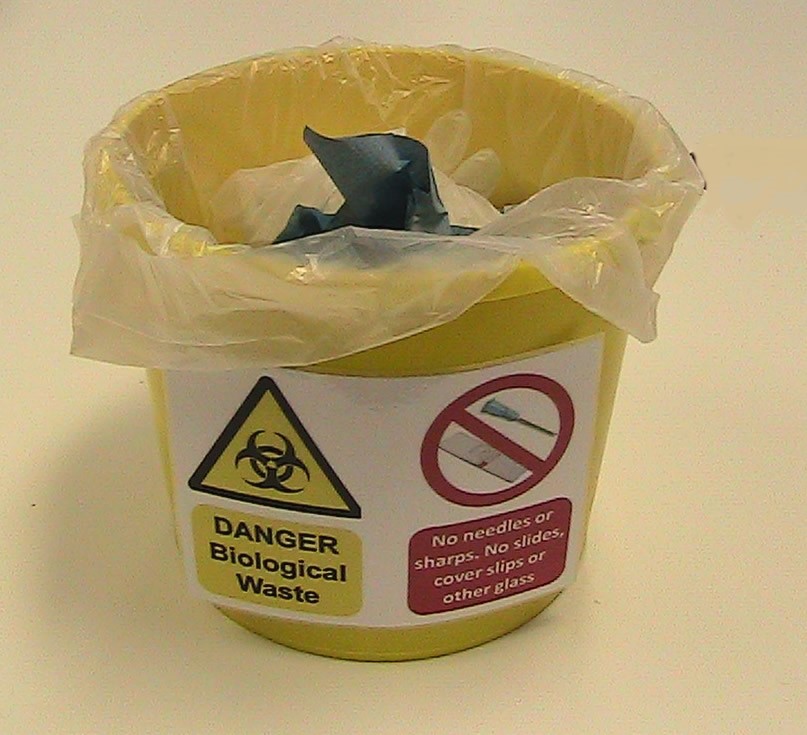Where Does Biomedical Waste Come From?
2/1/2022

Biomedical wastes are considered a hazardous type of medical waste since they pose a significant risk not just to the community but to the environment as a whole. That’s why proper disposal practices and protocols should be observed when dealing with this type of waste.
However, before properly disposing of them, you first need to understand what biomedical wastes are and where they come from.
Biomedical waste is any type of waste that contains infectious or hazardous materials, such as bodily fluids and microorganisms.
Healthcare facilities like hospitals and clinics typically generate these wastes while diagnosing, analyzing, and treating various diseases.
• Pathological waste
• Infectious waste
• Sharps
Some examples of these wastes include used syringes and hypodermic needles, items like tubing and used bandages, cultures, among many others.
Proper Disposal of Biomedical Waste
As mentioned, healthcare facilities need to practice proper disposal methods to ensure that these wastes don’t pose any risks to the surrounding communities and the environment.
Most waste management facilities use several disposal methods to contain and eliminate biomedical wastes. Some examples of these are:
• Chemical disinfection
• Incineration
• Microwave irradiation
• Steam sterilization
• Inertization
• Land disposal
Incineration remains the most common and widely used disposal method, although other methods are rapidly becoming popular alternatives.
Conclusion
Biomedical wastes are a necessary part of the healthcare process, serving as the by-products of various medical procedures. However, facilities must adequately dispose of these wastes to prevent the spread of diseases and ensure the safety and health of all.
However, before properly disposing of them, you first need to understand what biomedical wastes are and where they come from.
An Overview of Biomedical Waste
Healthcare facilities like hospitals and clinics typically generate these wastes while diagnosing, analyzing, and treating various diseases.
Biomedical waste is usually categorized into three:
• Infectious waste
• Sharps
Some examples of these wastes include used syringes and hypodermic needles, items like tubing and used bandages, cultures, among many others.
Proper Disposal of Biomedical Waste
As mentioned, healthcare facilities need to practice proper disposal methods to ensure that these wastes don’t pose any risks to the surrounding communities and the environment.
Most waste management facilities use several disposal methods to contain and eliminate biomedical wastes. Some examples of these are:
• Chemical disinfection
• Incineration
• Microwave irradiation
• Steam sterilization
• Inertization
• Land disposal
Incineration remains the most common and widely used disposal method, although other methods are rapidly becoming popular alternatives.
Conclusion
Biomedical wastes are a necessary part of the healthcare process, serving as the by-products of various medical procedures. However, facilities must adequately dispose of these wastes to prevent the spread of diseases and ensure the safety and health of all.
